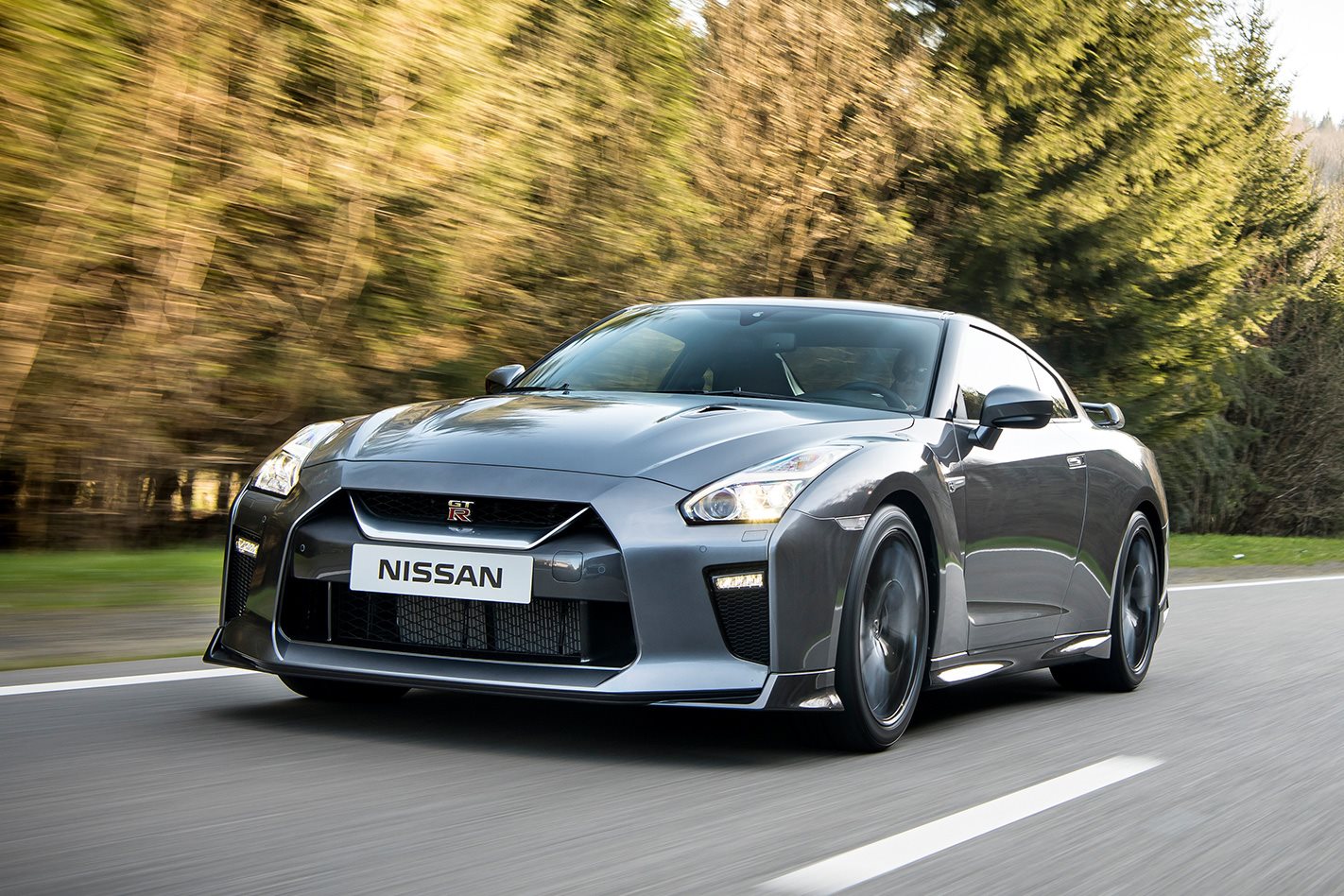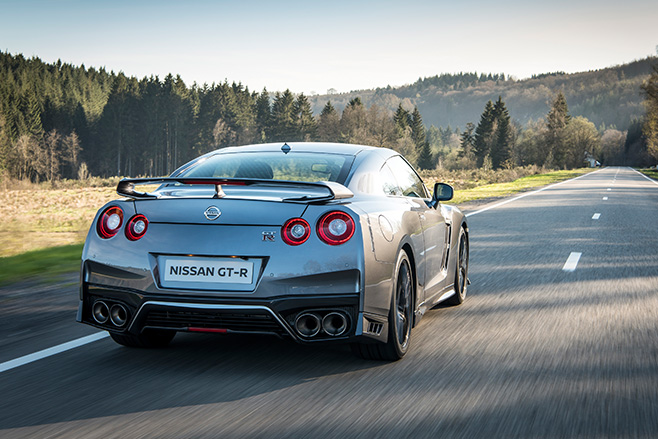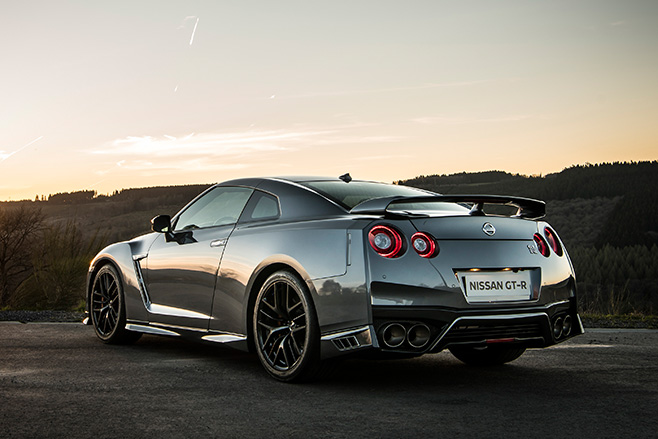
The Nissan GT-R is the fastest Japanese car ever produced, capable of launching to 100km/h in about 3.2 seconds on the way to a top speed of 315km/h. At about $180,000 it is an expensive Nissan, but its performance is often compared with the $400,000-plus Porsche 911 Turbo, earning it praise as a supercar bargain.
But what’s the GT-R like as an everyday driver? Forget autobahn blasts and cracking lap times – you can duck over to Wheels Magazine to learn about all of that – for this test we’re more interested in the GT-R’s credentials as a regular, everyday car.
OK, so opening the door you’re immediately reminded this isn’t an everyday car. The speedo ticks up to 340km/h, the seats snug you tight, and anyone wanting to chance their luck in one of the two rear seats ought to be very short and/or legless.
The boot, too, has a very small opening yet is quite deep, despite being short.
Press the red starter button and there’s a purposeful burble from the four Coke can-sized exhausts. Then it’s wrestling with the stepped gate on the transmission selector to get the car into first D for drive.

Taking off is very similar to many other cars, although the automatic transmission isn’t always seamless in the way it engages the engine; a Holden Commodore is smoother. Blame that on the twin-clutch setup; while it operated identically to an automatic transmission it’s closer in make up to a manual transmission, but with two computer-controlled clutches. It’s all about going fast.
Under way, and the GT-R is surprisingly comfortable considering its performance credentials. Sure, it jostles around on lumpy roads, but it doesn’t crash and bash as some supercars can.
You can also adjust the level of comfort with the button to adjust the dampers (or shock absorbers). In Comfort mode they’re surprisingly compliant, although the R (for race) setting is noticeably sharper, and the benefits that setting brings are primarily experienced on a race track.
Those wanting to adjust things can also tweak the differential that is part of the all-wheel drive system, although for road use it’s fine in its default setting. Having all-wheel drive is a bonus on the road in a car like this, making it easier to accelerate cleanly without wheelspinning, especially in the wet. Indeed that’s one of the GT-R’s biggest assets – its ability to be driven briskly and confidently on low-grip surfaces.

Steering is very accurate and with more weight than you’d experience in many city hatchbacks; engineers do that on purpose to ensure feedback to the driver is good, and to reduce nervousness, particularly at high speeds.
The engine itself is relaxed when driven gently, although it only needs a gentle squeeze of the throttle to elicit the sort of acceleration that would shade most other cars on the road. It is a 3.8-litre V6 with two turbochargers. Peak power is 419kW, which is about four times your average small car.
The automatic gearbox is generally cooperative, intelligently selecting ratios according to the conditions. But it will occasionally let out an unnerving clunk when reapplying the throttle below 20 or 30km/h.
It can also be slow to react if you are cruising at, say, 60 or 70km/h, then call on maximum performance. Instead of instantly selecting the appropriate gear, it will sequentially flick through each gear until it reaches the one it wants.

One thing you’re never short on is punch. The GT-R is supremely quick, and if you want to overtake or blast away from the lights, few cars will match its pace. The sensation of being thrust back in your seat is seriously addictive.
Vision, though, is not great, particularly over your shoulder when reversing out of an angled parking spot or checking your blind spot. The roof pillars at the rear are quite thick and can easily block your vision.
Speaking of which, it pays to be aware of the car’s extremities. Enormous 20-inch wheels will look far less swanky with a scrape from a gutter. And while the nose is nowhere near as low slung as a Ferrari or Lamborghini, there’s enough go-fast spoilers to require extra caution when tackling steep driveways.
That said, the GT-R is surprisingly normal in most driving. Once you’re used to not pressing the accelerator as much as you would in most garden variety cars – and once you get used to its finer details and occasionally interesting noises – there’s a car that is easy enough to tackle the peak hour challenge. Slowly.



